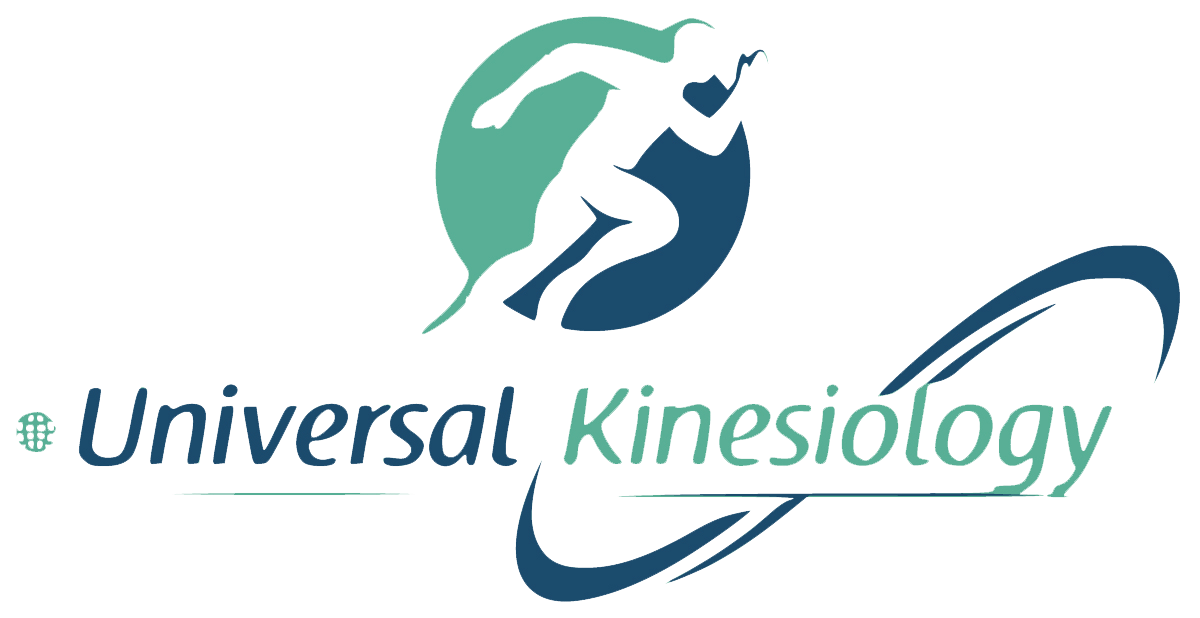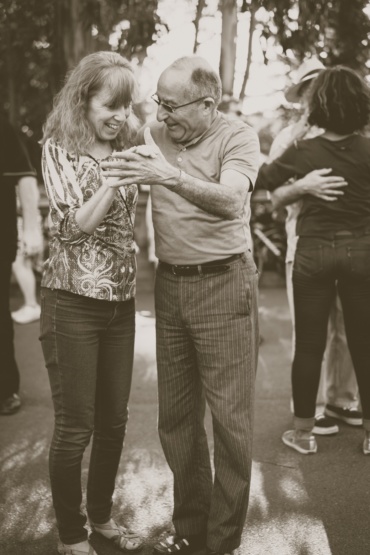Dear readers,
the attention is once again on the topic area of neurodegenerative diseases: today we will focus on Parkinson’s disease (PD).
Brief overview
PD is the second most common neurodegenerative disorder after Alzheimer’s disease (AD) with age at onset mostly over 60.
PD affects neurons located at the level of the basal ganglia and, more specifically, those of the substantia nigra which secrete dopamine, responsible for relaying messages that plan and control body movement.
Lack of dopamine induces postural, motor deficits and functional limitations. The hallmark symptoms are tremor at rest, rigidity, bradykinesia and postural instability.
What is the role of PA?
PA and exercise are recommended for PD’s patients to slow down the deleterious effects of the disease with positive outcomes both on motor and cognitive functions.
It is important to underline that exercise enables PD’s patients to maintain their psycho-motor learning abilities improving their quality of life.
Specifically, aerobic exercise, stretching, strength and balance training brought to the maintenance and improvement of flexibility, muscle strength, balance and walking speed.
You will all dance
Let’s have a deeper look into the practice of dance for PD’s patients.
Dance, particularly Argentine Tango, has gained more attention as an effective intervention to PD’s patients. Moreover, Argentine Tango was the most studied, followed by other types of dances such as Irish dance, ballet and waltz.
Regular practice of dance may improve balance and motor symptoms in people with PD. Also, dance was considered an enjoyable complimentary exercise and people with PD were motivated to attend dance class regularly demonstrating a low drop-out rate.
Future studies should be done to examine long-term compliance for exercise interventions in PD’s patients. It is essential to find interventions aimed to motivate participants and also to promote adherence to PA and exercise. Therefore, dance involvements seem to be a very good strategy.
Thus, let’s move and dance.
References
Mak MKY, Wong-Yu ISK. Exercise for Parkinson’s disease. Int Rev Neurobiol. 2019; 147:1‐44.
Edited By
Dott.ssa Francesca Greco



Commenta con Facebook